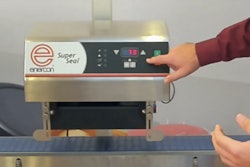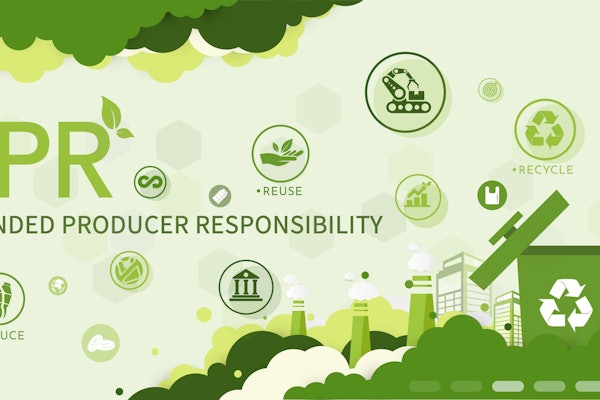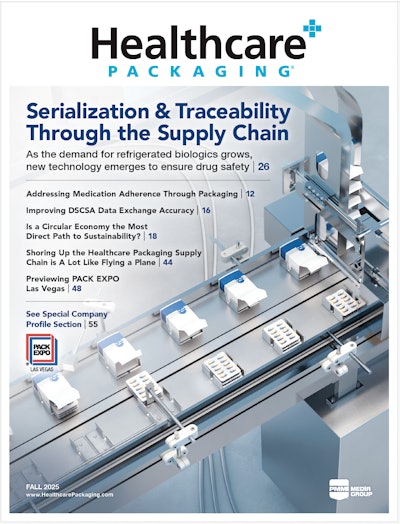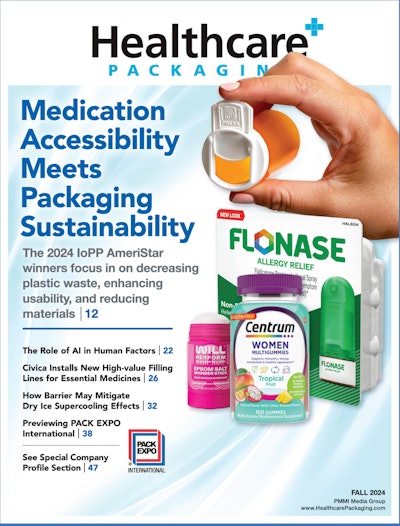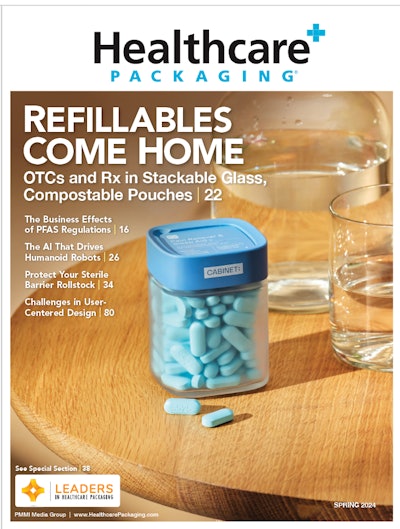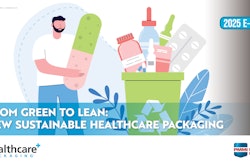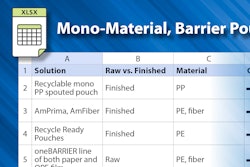
The U.S. Food and Drug Administration (FDA) has issued a draft guidance for voluntary sesame labeling to encourage manufacturers to clearly declare sesame in the ingredient list, when it is used as a “flavoring” or “spice” or when the common or usual name (such as tahini) does not specify sesame. This voluntary labeling guidance to industry aims to help consumers who are allergic or sensitive to sesame avoid these products.
Sesame has been identified as a food allergen that can cause reactions such as hives, vomiting, wheezing, and anaphylaxis. Sesame is not one of the eight major food allergens required by the 2004 Food Allergen Labeling and Consumer Protection Act (FALCPA) to be included in specific allergen labeling, but in most cases, it does have to appear in the ingredient statement. An exception is when sesame is part of a flavoring or spice. In those cases, it may be declared as simply “spice” or “flavor” on the label without requiring “sesame” to be included, so its presence may not be obvious to consumers. The FDA is recommending that manufacturers voluntarily declare sesame following the spice or flavor, such as, “spice (sesame)” or “flavor (sesame).” The FDA is also recommending if a term is used for a food that is or contains sesame, such as tahini, sesame should be voluntarily included in parentheses following the ingredient.
On October 30, 2018, the FDA issued a notice requesting data and information on the prevalence and severity of sesame allergies in the United States and the prevalence of sesame-containing food in the United States that are not required to disclose sesame as an ingredient. Data and information received in response to the notice indicated that the reported prevalence of sesame allergies in the U.S. population appears to have increased, that sesame causes a relatively high frequency of severe allergic adverse events, and that allergic reactions to sesame may occur from products with undeclared sesame ingredients.
Though the FDA does not have the authority to amend the eight major food allergens established by FALCPA, it has the authority under the Federal Food, Drug, and Cosmetic Act to require labeling for other food allergens not covered by the requirements in FALCPA. The FDA continues to assess allergens of public health importance, including potential science-based options to empower consumers with information about these allergens.
Comments on the draft voluntary sesame labeling guidance should be submitted within 60 days after publication in the Federal Register. This will ensure that comments are considered before work begins on the final guidance. Submit electronic comments to http://www.regulations.gov. Submit written comments to the Dockets Management Staff (HFA-305), Food and Drug Administration, 5630 Fishers Lane, rm. 1061, Rockville MD 20852.
PACK EXPO Connects continues through November 13. Now more than ever, packaging and processing professionals need solutions for a rapidly changing world, and the power of the PACK EXPO brand delivers the decision makers you need to reach. Attendee registration is is still open! Join us and access demos, speak with professionals, and attend our other sessions.





